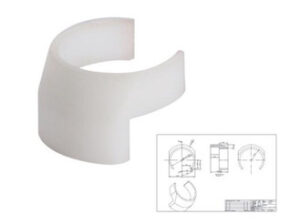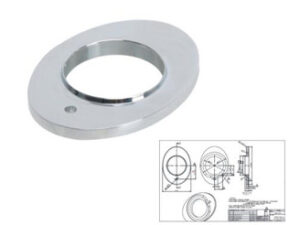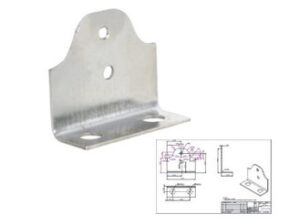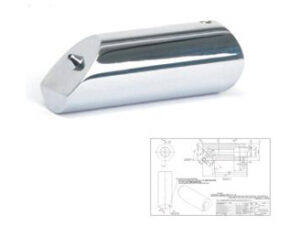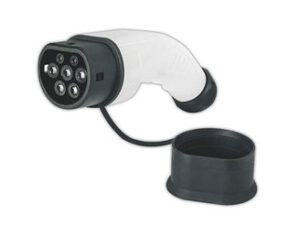Project & Project Management:
A project is an activity or a group of activities with a defined scope, execution timeframe and an established budget.
Thus a project must have:
• A desired outcome (encompassing Quality/Performance & Safety)
• Start & Finish dates
• An established budget (in terms of Men (i.e., people), Money, Machines, Materials & Man-hours – the 5Ms of a Project).
Project Management is the process of Planning, Organizing, Leading & Controlling a project such that defined desired outcomes are safely met within a specified timeframe and budget. It is the process of ensuring effective project delivery.
Project Phases: The different phases of a project are:
• Initiation
• Definition
• Execution
• Handover & Close-out.
Initiation Phase: The main goal of participants during this phase should be to identify, assess and develop an idea/opportunity with a view to establishing its benefits and how well it fits into the organization’s broader picture. Activities during this phase should end up with options to be evaluated during the next phase of the development process in the event that the stakeholders give the nod for a further definition of the idea/opportunity.
Definition Phase: Depending on the “value and size of the idea/opportunity”, activities in this phase are usually further broken down into Pre-feasibility and Feasibility Studies. Where the definition phase is not broken down into Pre-feasibility and Feasibility Studies, the goals as defined under Pre-feasibility and Feasibility Studies below should still apply as much as is desirable. The primary goal of a pre-feasibility study should be to further define an idea or opportunity such that the various conceived options (during the initiation phase) are reduced to a single preferred option after a detailed comparative technical & commercial evaluation. Following from the above, the main objective of a feasibility study should be to justify an optimal case for technical and economic viability of an idea, the risk and reward profile to a level of confidence required to enable the stakeholders take a decision to proceed/not proceed with the execution.
At the end of the definition phase, most of the deliverables listed below (though not exhaustive) should be available: • Justification • Workscope • Estimate (& Work) Breakdown Structure (EBS/WBS) • Detailed Design Drawings & Specifications @ ~60% complete • Estimate, with +/-10% level of accuracy • Master Schedule • Key Performance Indices • Delivery Method • Contracting Philosophy/Strategy • Execution Plan • Identification of Key Personnel.
Execution Phase: After the stakeholders have given an idea/opportunity a “thick green tick” for implementation after definition, the next phase is Execution (i.e., when it becomes a project). During this phase, the following should either be carried out regularly, implemented, or made available, as a minimum:
• Resources Allocation
• Execution kick-off
• Preparation of Project Processes & Procedures
• Contracts Award
• Detail Design Drawings and Specifications
• Change Management System
• Risks & Opportunities Register
• Meetings and Regular Reviews
• Progress Reports (including Schedule updates, Earned Value, and Commitments, as a minimum)
• Commissioning, Performance Test & Handover Plan
• Training Plan for Operating Personnel
• Undertake Pre-commissioning
• Preparation of Deficiency List
Handover and Close-out Phase: Once an idea/opportunity becomes an executed project, the handover/close-out phase must happen naturally. This phase consists of:
• Commissioning & Performance Testing
• Completion of Deficient Items
• Completion of As-built Documentation
• Project Personnel Assessment & Redeployment
• Close-out Report
• Handover to Operations
• Conduct Post Implementation Review and Lessons Learnt
• Communication of Project Learning
• Archiving of Project Data
For more information, click the link to register.


